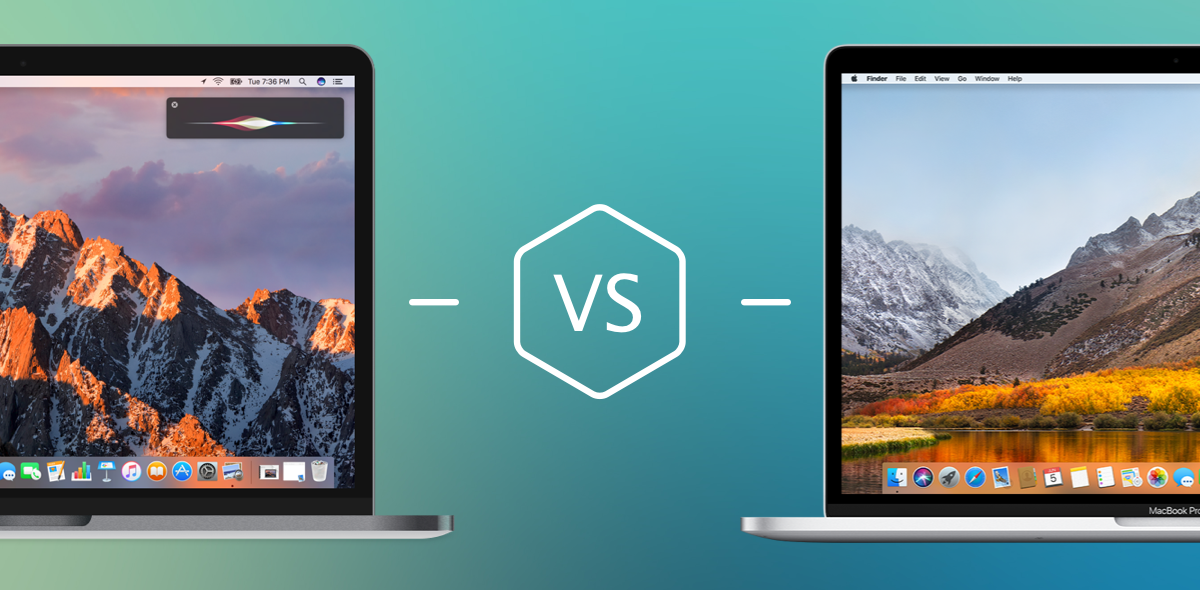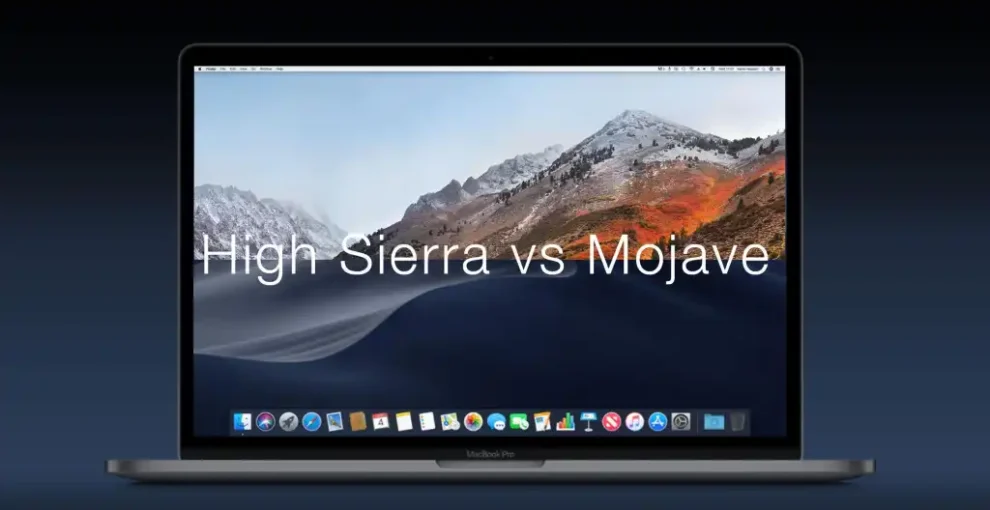Apple’s macOS operating system has undergone significant advancements over the years, with each new release introducing innovative features and improvements. This comprehensive comparison will delve into the key differences between macOS Mojave, High Sierra, and Sierra, helping you determine which version best suits your needs.
macOS Mojave (10.14)
- Dark Mode: Introduced a system-wide Dark Mode for a more visually appealing interface.
- Continuity Camera: Allowed users to use their iPhone or iPad as a webcam for their Mac.
- Stacks: Organized files into stacks on the desktop for better management.
- Redesigned Desktop: Featured a redesigned desktop with a dynamic background.

macOS High Sierra (10.13)
- Metal 2: Introduced Metal 2, a graphics API that improved performance and graphics capabilities.
- Safari Updates: Updated Safari with new features like Intelligent Tracking Prevention and improved Reader mode.
- Photos Enhancements: The Photos app received significant improvements, including new editing tools and support for external displays.
- File System: Introduced the Apple File System (APFS), a new file system designed for performance, security, and reliability.
macOS Sierra (10.12)
- Siri Integration: Introduced Siri, Apple’s intelligent assistant, to macOS.
- Apple Pay: Enabled contactless payments on Macs with Touch ID.
- Messages Enhancements: Introduced new features in Messages, such as group effects and sticker packs.
- Photos Library: Introduced the Photos Library, a centralized location for managing photos and videos.
Key Differences
- Dark Mode: macOS Mojave introduced Dark Mode, while Sierra and High Sierra did not have this feature.
- Continuity Camera: This feature was introduced in macOS Mojave, allowing users to use their iPhone or iPad as a webcam.
- Metal 2: macOS High Sierra introduced Metal 2, providing improved graphics performance and capabilities.
- Safari Updates: Both macOS High Sierra and macOS Sierra introduced updates to Safari, but the specific features and improvements varied.
- File System: macOS Sierra introduced the Apple File System (APFS), while previous versions used HFS+ or HFSX.
Performance and System Requirements
- System Requirements: All three macOS versions have similar system requirements, with the latest versions often requiring more powerful hardware.
- Performance: macOS Mojave and High Sierra generally offer better performance compared to Sierra due to advancements in hardware and software optimization.

Choosing the Right Version
The best macOS version for you depends on your specific needs and preferences. If you require the latest features and performance improvements, macOS Mojave or High Sierra would be suitable. However, if you have older hardware or prefer a more stable experience, macOS Sierra may be a better option.
Additional Considerations
- App Compatibility: Ensure that your favorite apps are compatible with the macOS version you choose.
- Security Updates: Keep your macOS installation up-to-date with the latest security patches.
- Personal Preferences: Consider your personal preferences and the features that are most important to you.
Conclusion
macOS Mojave, High Sierra, and Sierra each offer unique features and improvements. By understanding the key differences between these versions, you can make an informed decision about which one best suits your needs and preferences.
















Add Comment